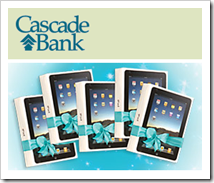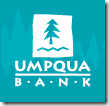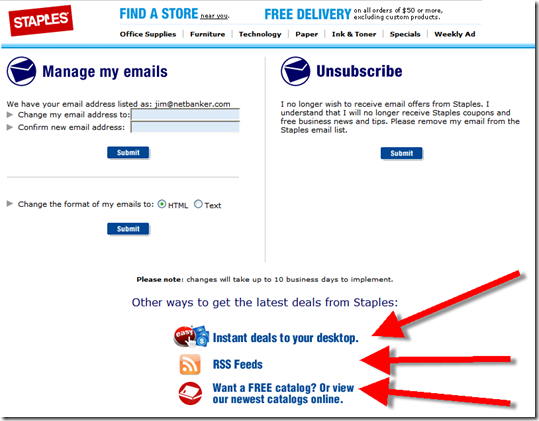 Two months ago when we were sketching out the next Online Banking Report (see note for links to the report), I thought it would be useful to look at the real-time Web and how consumers were becoming accustomed to status update feeds through Facebook and Twitter.
Two months ago when we were sketching out the next Online Banking Report (see note for links to the report), I thought it would be useful to look at the real-time Web and how consumers were becoming accustomed to status update feeds through Facebook and Twitter.
Old-school alerts: Email
As I wrote the report, I realized that most online banking users still want to consume transaction data the old-fashioned way, through email and over the Web. We did a quick consumer survey that confirmed our hypothesis, with email preferred 2-to-1, over text and voice messaging. Even among the under-35 crowd, email and text alerts were tied.
So we also took a detailed dive into email alerts, developing 22 recommendations for state-of-the-art email messages. And we graded 16 alert examples from 13 financial institutions. Overall, our sample scored very well with Bank of America, Lending Club, Mint, ING Direct, PayPal all earning A grades. Also U.S. Bank, Schwab, Wells Fargo and Prosper were just slightly lower, each with a B+.
The future: Real-time streams/feeds/updates
While email, text or voice messages work well for alerts, they are not as desirable for keeping users informed of all their transactions. Once you start getting multiple emails each day from your financial accounts, it becomes overwhelming and you stop opening them. That’s why transaction feeds are a promising means for keeping customers up-to-date on an ongoing basis. In a world where so many consumers are following a Facebook news feed, Twitter feed, or good old RSS, it’s only natural that financial transactions will join the mix.
But it’s still a long way off. For the most part, consumers do not want commercial messages cluttering their news feeds. And they are understandably confused about privacy/security settings, and don’t feel confident that bank transactions delivered via Twitter direct message, are not being displayed to the world.
However, once we get past that educational challenge, we believe a significant number of consumers will prefer tracking their finances via feed (mostly via mobile) instead of logging in to online banking multiple times per month.
To learn more about what could happen in this area, we looked at three transaction-feed startups:
Bottom line: Real-time feeds are the future, but many years away from making it past even the earliest of adopters. For most financial institutions, the important thing now is to make sure you have great email and text alerts. But for those looking to differentiate with technology, feeds provide an intriguing opportunity.
————————————
Note:
1. The report is available at no extra charge to OBR subscribers here; and can be purchased for US$495 by others here. See the Table of Contents here (PDF).
 I’ve long been an admirer of Cascade Bank, a $1.7 billion bank headquartered in Everett, WA. A friend was marketing director there for a number of years, and I learned a lot from her about community bank marketing and management.
I’ve long been an admirer of Cascade Bank, a $1.7 billion bank headquartered in Everett, WA. A friend was marketing director there for a number of years, and I learned a lot from her about community bank marketing and management. 
































